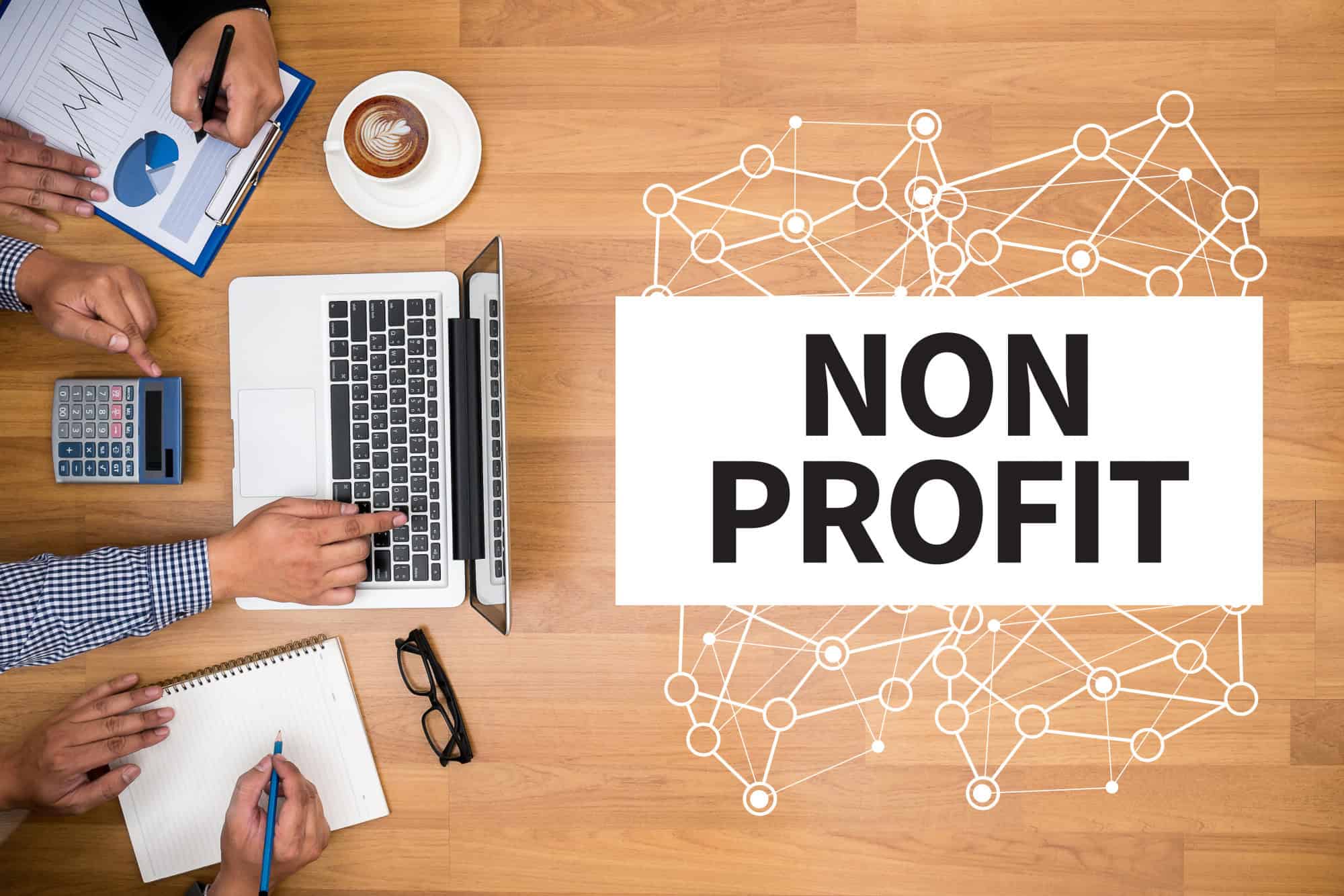10 Elements Every Nonprofit Annual Report Should Possess

There are more than 1.6 million nonprofit organizations in the U.S. Those tax-exempt organizations benefit from the $450 billion donated to charitable organizations in 2019.
Donors expect a level of accountability from these organizations, and they want to know where their money is going. That’s one reason why a nonprofit annual report is so important.
As you consider your organization’s annual report, check out the following elements it should contain.
1. Know What the Law Requires
As you begin this process, keep in mind that an annual report is not always a legal requirement. However, the IRS does require most tax-exempt organizations to file Form 990 every year. It’s basically a list of the organization’s finances and its overall structure.
The IRS sends all the 990’s to a company called Guidestar which posts them on its website. The Guidestar database contains more than five million 990s. This resource is publically available. It’s often the first stop for a donor looking to contribute to a nonprofit.
Some organizations don’t have to file a Form 990, and the IRS lists all those exemptions on its website. Here are just a few:
- Churches
- Schools affiliated with a church
- Certain private foundations
Even if you’re not legally required to create an annual report, you still need to know what the IRS does require you to do.
2. An Overview of the Organization
Even though you may not be required to create an annual report, it’s still something you should strongly consider. You can provide the report to potential donors, for example, who want to learn more about your organization.
Your annual report serves a function beyond simply a list of your expenses and revenues. This is a wonderful opportunity for you to showcase all the good work you’re doing.
You can include your mission statement here, along with your vision for the future. You might also include a message from your CEO in your nonprofit annual report.
3. Financial Information
The number one question donors ask is “where does the money go?”. It makes sense if they’re thinking about contributing money to your nonprofit. They want to know how you’re spending it.
Your annual report is the perfect place for total transparency. You will want to provide specific information about how much money your organization raised and how it spent that money.
Many donors will want even more information about how much money you spent on programs and services and how much you spent on administrative expenses. The Better Business Bureau recommends that a nonprofit spend at least 65 percent of its budget on mission-focused activities.
Executive compensation is another issue some donors raise. The IRS allows charities to pay executive leaders what it calls “fair and reasonable” compensation. That’s designed to prevent an employee from receiving an enormous salary from the charity. The regulation is called the Federal Private Inurement Prohibition.
4. Programs and Services
Once you’ve detailed your income and expenses, now you can show off your great work. List all the programs and services your organization provides.
You might consider including a profile or snapshot of a person or community benefitting from your work.
5. Testimonials
You can even go a step further and devote an entire section of your annual report to testimonials. If your nonprofit provides a service to a community, for example, explain what the community needed and how your nonprofit filled that need.
If you’re providing medical care to certain individuals, provide specific information about how many people you helped. Highlight a recipient’s story if possible, putting a name and face with the statistics.
6. Feature Key Donors in Your Nonprofit Annual Report
People who give to a charitable organization want to know they’re making a difference. Your annual report is a perfect place to show them exactly how their donation helped. Thank them by name whenever possible.
This is also helpful information to share with potential donors who want to know that other people have also donated to your cause. They may be convinced to write a check if they know other prominent philanthropists have also contributed.
7. Share Your Vision for the Future
This is the best place to talk about where your organization is headed next. Hopefully, you’ve provided a comprehensive look at the last year and shared your successes.
Now, you can share your vision for the next year and what you hope to accomplish. This is another helpful tool for you to use when meeting with potential donors. You can give them specific information about where their money will go.
8. Use Visuals
Your Form 990 provides the nuts and bolts of your nonprofit’s finances. It’s good, solid information for donors to have.
Using compelling images, photographs and graphics can make an emotional connection with your audience in a way numbers just can’t.
If you’ve held fundraising events, share photos that take the reader inside the activities. If you’ve provided a service to the community, include pictures of your team in action.
9. Create Two Formats
Whether you’re celebrating successes or meeting with potential donors, you’ll want to provide a copy of your annual report in more than one format. Some donors will ask for a report to review before your meeting, so have a digital version available to email.
You’ll also want a printed copy to hand out at meetings and events. If your organization has a physical office, leave a few copies of the report in the lobby for visitors to read.
You can even post a copy of your annual report on your website.
10. Develop Several Versions
Your annual report may be several pages long with beautiful photos and stories in a professionally bound booklet. You might also consider creating a couple of shorter versions of the report.
You can take some of the highlights and use them on a postcard. You can also create a one-page document called a “sell sheet” that can be included in media kits or information packages for volunteers.
Brand Consistency
You should make sure that all your reports conform to your nonprofit’s look and feel. You want people to immediately recognize your brand whenever they see a report. If your brand colors are blue and green, make sure those same colors are used in your nonprofit annual report.
We would love to help with any of your nonprofit’s needs. Please feel free to request a meeting with one of our advisors any time.






